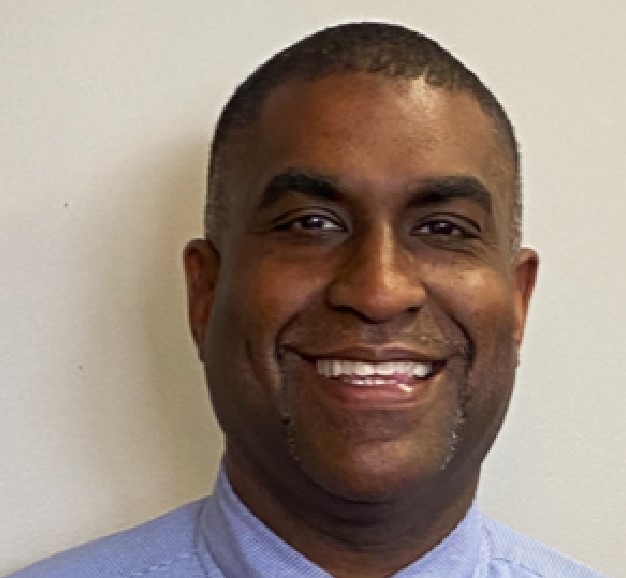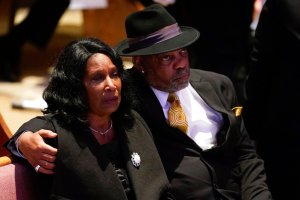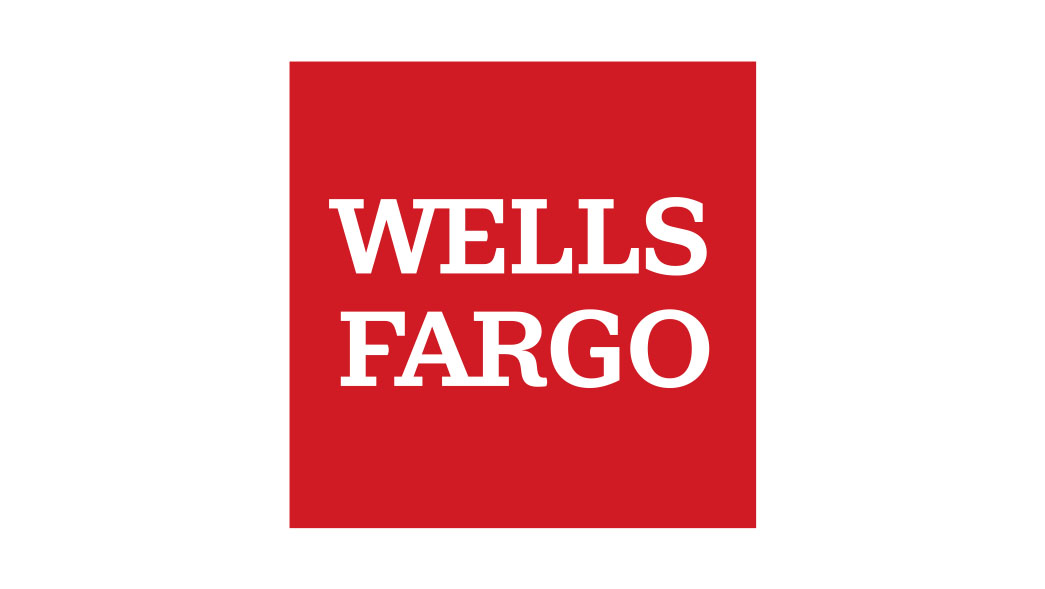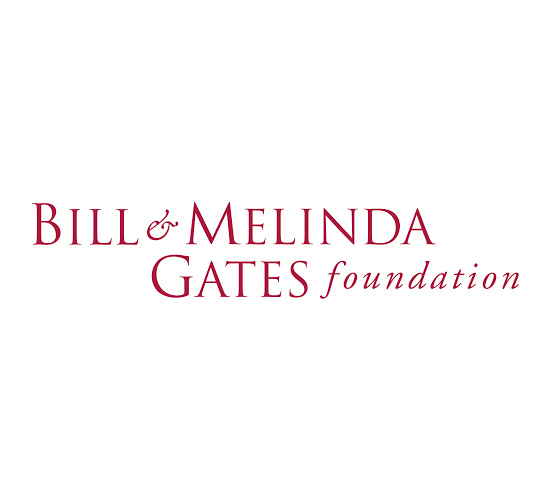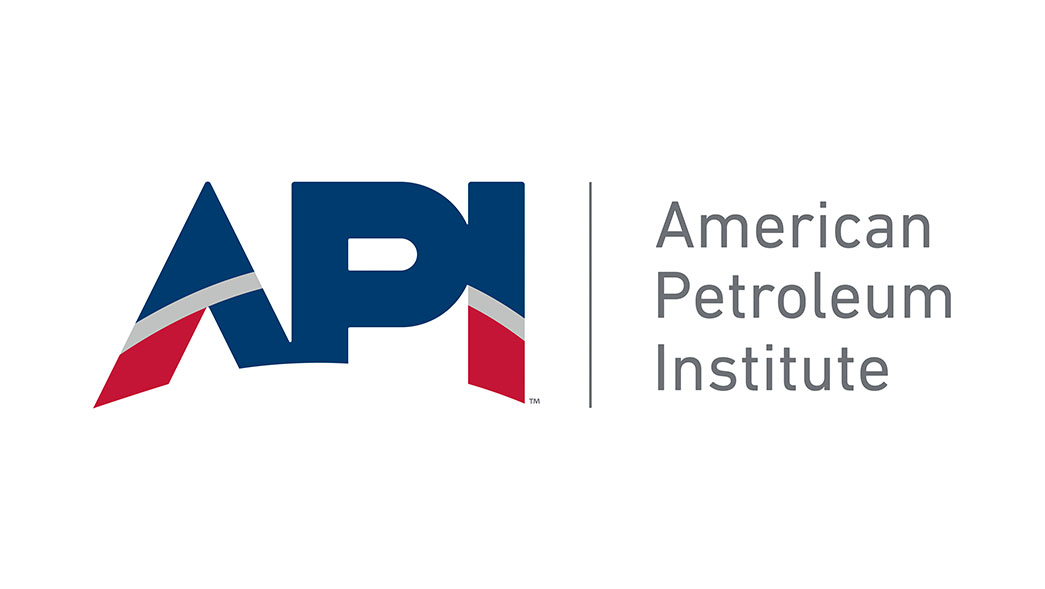By Ryan Coleman,
Special to the AFRO
Marylanders already have a higher cost of living than the United States average. In fact, Maryland is the sixth most expensive state in the country. If you live in the Randallstown, Woodlawn or Towson areas, you already spend nearly 7 percent above the national cost of living average.
With inflation, according to WMAR, 38 percent of Marylanders are struggling to make ends meet. In Baltimore County, residents recently had an increase in property taxes, increased tax assessments and a bag ban. Energy costs, like so much else, have risen significantly — 30 percent in the last year, according to the Bureau of Labor Statistics. For many low-income families, it’s always been hard to pay for heat, electricity and gas. But for middle-income families, energy is usually affordable.
Experts generally say that energy costs should only take up about 6 percent of a household’s income. Right now, on average, middle-income families are spending twice that and low-income families are spending four times that, according to data from the National Energy Assistance Directors Association.
BGE’s proposal applies to the delivery portion of the utility bill only, covering the distribution of electricity and natural gas. Customers also are charged rates by various suppliers of electric and gas, which covers the cost of the energy. Those costs, separate from BGE’s delivery, have soared in the past few years.
Proposed rate increases would allow it to invest nearly $2.3 billion a year through 2026 to improve the reliability and safety of the electric grid and natural gas system and help the state reach a 2045 net zero emissions goal.
BGE makes a profit by spending money on physical infrastructure (e.g., poles and wires).
The law says they should spend the least they can while providing quality, environmentally safe service, but when it comes to their bottom line, utilities are incentivized to make more costly investments. The more they spend on physical infrastructure, the more profit they stand to make.
According to a preliminary analysis by the Randallstown NAACP, increases by 2026 would be even higher than those outlined by BGE. An average gas and electric customer would see an increase in delivery charge of over $1,000 dollars for the year.
Therefore, this increase would have a disparate impact on Black Marylanders and compound the struggle of all Marylanders. The improvement of the grid should be funded through state and federal funds and BGE funds. It should not
be funded on the backs of the middle class, working class and Black Marylanders.
I implore Chair Frederick Hoover and the members of the Public Service Commision to vote against BGE’s rate hike!
Ryan Coleman is the president of the Randallstown branch of the NAACP. He can be reached at randallstownnaacp@gmail.com.
The post Commentary: Tell the Maryland Public Service Commission to reject BGE’s proposed rate hike appeared first on AFRO American Newspapers .

